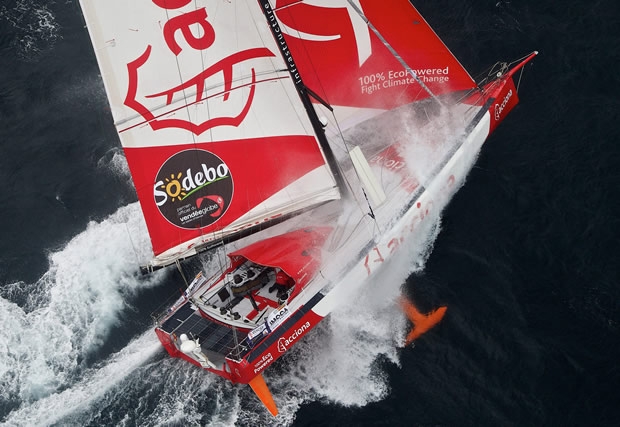
Spanish flier
A boat worth keeping an eye on during this Vendee Globe will be Acciona 100% EcoPowered. Skipper Javier Sanso will be attempting to get the best Spanish result in the singlehanded non-stop around the world race since Jose Ugarte and his Euskadi Europ 93 BBK finished sixth in 1992-3. But the main reason is that Sanso will be sailing around the world with no fossil fuels on board. While there is hydrogen on board to drive the main electric engine, this is only for emergency use, otherwise alternative energy systems power all of Acciona’s electronics, from the autopilot that steers the boat 90% of the time, to the power-hungry satcoms gear.
Read our full report on this boat here and Merf Owen's thoughts on her design here.
Acciona 100% EcoPowered, an Owen Clarke IMOCA 60, was only launched last year after a build at Southern Ocean Marine in New Zealand, making her the newest boat in this Vendee Globe. For her skipper an issue on the road to making the start has been attempting to comply with the IMOCA rules, in particular those governing the engine requirements. These include being able to drive the boat for five hours at five knots as well as exceeding a pull test load of 280daN for 15 minutes at the dock.
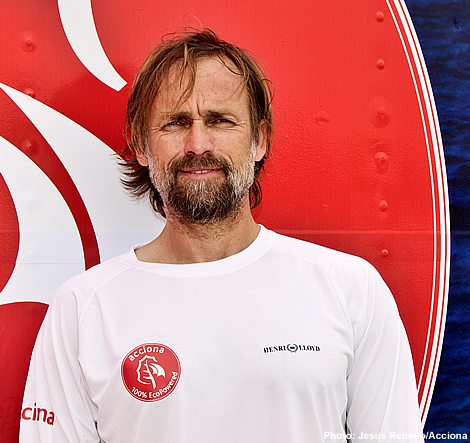
“They are great and honest and very sensible for now, because if we didn’t have that rule we would be very very light and I don’t think it would be fair,” muses Sanso.
So in comparison with the other teams, where one of the most closely guarded pre-race secrets is how much diesel they will carry (for the most part, this will be less than four years ago as most boats now have two Watt & Sea hydrogenerators stuck on their transom – as pioneered by skipper Yannick Bestaven in the race four years ago), the answer for Acciona 100% EcoPowered is simple: none.
In theory this means that when she sets sail on Saturday, Acciona should be substantially lighter than her rivals. However Sanso doesn’t believe will be the case. “At the start we will be very very similar and maybe I’ll be a little bit heavier at the end of the race [as the other boats finish with less fuel on board]. Our [electric] engine is much lighter (at 26kg), but I only have it for propulsion. On the other hand I have six batteries and they [each] weigh 50kg. So it depends – if you carry 400lt of diesel then we will be lighter, but if you are only taking 140kg...”
While a lot of mis-information is flying around the Vendee Globe pontoon in Port Olona over how diesel each boat is taking, Sanso believes a sensible weight would be 250lt, while a more extreme call would be around 150lt. “You can take advantage of the hydrogenerators, but they represent perhaps an extra 50-60 litres. But relying all the way round on them? That is a bit risky.”
Since Acciona’s launch last year, Sanso says they have added more batteries to comply with the IMOCA motoring requirements: Now they have six batteries instead of four, or an extra 160 amps at 48v, bringing their total up to 420 amps now. With this, they pass the IMOCA rule with ease.
Having monitored Acciona’s charging and power usage for the best part of a year now, Sanso reckons that the estimates they made last year have been reasonably accurate. In fact if anything the output of their charging systems has exceeded expectations. “The management of the energy is very good, but the solar panels are incredibly good, we are pretty amazed... I am probably going to go around the world with a little bit more than I really need, but that is the safe way to go. That isn’t a big difference in weight, but it makes the boat more reliable.”
As reported previously, there is a huge array of solar panels running down the length of the boat along the gunwale cut-off on each side. Plus there is the ‘butterfly’, a further array covering two substantial panels located in the back of the cockpit. These latter panels are joined by a hinge allowing them to articulate, although since fitting them Sanso has been advised by to leave them fixed by the creator of the hi-tech solar panels, Hans Gocherman. “He said that it is better not to have any of the panels in shadow and have them all working reasonably well, than to have one at 100% and another in shadow and not working at all,” advises Sanso.
Sanso believes that he could get through the whole Vendee Globe running the boat solely on solar power, although it remains uncertain how effective it will be in the frequently overcast Southern Ocean. “The other day we were coming into Les Sables and we were putting in 19-20 amps at 50v – that is the same as a small alternator on an engine. And that is free – it doesn’t cost me anything. This morning we had the batteries at 92% and now they are at 98%, just by sitting here at the dock.”
In addition to the large acreage of solar, Acciona 100% EcoPowered has two Watts & Sea hydrogenerators on her transom and, as a last resort, wind generators. However Sanso points out that both these latter two systems come with a drag element which is small, but nonetheless still present.
In sailing terms, Acciona didn’t put in a great performance in her only race to date - the Europa Warm-up, when she finished last (although at least she finished – unlike Virbac Paprec 3 and Groupe Bel). However this proved a great learning opportunity for Sanso and the team and they have since continued to work on their sail wardrobe, have improved the geometry of the rudders, and the electronics and the sails. Unusually they also had a problem with their antifouling which began peeling off. “It was normal Nautix, but I guess it didn’t have the right adhesion or it was a bad batch,” says Sanso. “It was not smooth, and there wasn’t enough time to do anything when we were in Barcelona before the race. We said ‘it can’t be that bad’; but it was very very bad...”
Acciona is a development of Mike Golding’s Gamesa with a very substantial chine extending almost all the way to her bow. “I think we are a little more stiff,” says Sanso of how he believes his boat performs compared to Golding’s. “We like power reaching some more. It is a little different because we did a lot of study on the appendages. We spent one month tank testing the keel and daggerboards in El Pardo, so I think we have a little edge there - we have done some good things that will come out in the race. It is very very different when you see this boat with such low freeboard and the cheeks in the front. I think it is the most distinctive one when you compare her to the other boats. It is designed to go in the Southern Ocean with the Vendee Globe as its main objective. We will see how we perform against the VPLP-Verdier boats because the Warm-Up was not something in which we could really show what we can do.”
Compared to some of the boats, the cockpit on Acciona looks more complicated with more lines, etc. However Sanso says it is no more so than any of the other IMOCA 60s. “If you count the lines – there's nothing moreSome boats have tweakers. We have five winches and some have four. I have a lot of dedicated halyards, so maybe it looks complicated because we have a lot of redundancy. The mast and everything is made for the Vendee Globe. We could have made a lighter, simpler thing. We have been thinking a lot about what happens if this or that breaks.”
Another unique feature of this boat compared to her competitors is her keel-stepped mast, whereas most IMOCA 60s have them deck-stepped. Sanso says he is very happy with this arrangement as he is with his decision to go with a forged keel, as opposed to a carbon or a fabricated steel keel. “The last Vendee was won with a boat that had a keel like ours [ie Michel Desjoyeaux’ Foncia]. When we started this project we went the simplest way: the top 3 – what did they use? What mast? What keel? We had the guy who surveys all the keels helping us who told us what was breaking and not breaking and we came up with a package that was safe and reliable, although that doesn’t mean we won’t have an accident or something happens, but you can’t say we didn’t look into it. Everything on board is very sensible. There are no crazy things anywhere.”
So how does Sanso think his boat will perform in the Vendee Globe? “Maybe in the lighter airs plus I will have a little bit of a disadvantage at the end of the race. The hull is fast, it is just a case of me making it go fast. But I don’t think we are in any way impaired by having an energy efficient boat. It comes down to me and a little bit of luck, making the right decisions, etc. I am confident with myself but sometimes you make the wrong decisions. It happens to the top guys, to everybody. I can break something and just limp to the finish, but I will limp to the finish, because that is very important.”
As to his aims he says: “I think a podium would be excellent and top five would also be very good and finishing would also be good.”
Of the competition Sanso reckons that Mike Golding (with whom he sailed on the 2009 Transat Jacques Vabre) and Alex Thomson are looking strong, while PRB and Banque Populaire are very extreme and Virbac is very well prepared...
Les Sables d’Olonne is different in many ways, but also the same, to how it was when Sanso was last here in 2000. Then he had taken over the Ricard Teixido-designed Open 60 Old Spice (yes, he ‘smelled like a man’), the boat originally built, but not completed, for Spanish solo sailor Albert Bargues. At the time Sanso was new to the class, albeit experienced in all manner of racing keel boats from Mumm 36s, Corel 45s, IMS boats, etc. He pitched up in Les Sables d’Olonne in the middle of an already highly competitive fleet featuring the likes of Michel Desjoyeaux, Ellen MacArthur, Yves Parlier, etc.
“12 years ago everything was different – it was like another era,” recalls Sanso. “At that time, for me, it was an adventure and now it is a race, and the primary thing is performance. Fortunately I have a great team, a great team and people who have been working very hard - so it is completely different.”
But the Les Sables d’Olonne experience is other nearly the same – the pontoons swarming with people and Saturday with famous lengthy canal between Porto Olono in the bowels of the Les Sables d'Olonne harbour out to the open sea, certain to be rammed on both sides with fans and well wishers looking at the spectacle while bidding goodbye to the skippers.
“It is incredible,” says Sanso of the village. Our chat in his cockpit is regularly punctuated by demands for autographs from passers-by milling the pontoons. Ashore forward of the boat is the newly christened ‘Avenue des Skippers’, a new feature of the port this time around, which is lined with giant portraits of the 20 skippers taking part in this year’s race. “It is very unique," Sanso continues. "People come here with their families and they ask for autographs from all the skippers..."
The best example we have come across is that the SNCF, the French railway operator, is laying on three extra trains just to transport people from Paris to the start. "I don’t think this can be compared to anything else in sailing - not even the Volvo or the America’s Cup does something like that. It is really incredible for us as skippers. We wish all the other races were like this.”
Unfortunately the race doesn't get the same reception in Spain. “In Spain sailing is viewed as being more elitist,” says Sanso. “People consider us as only sailors and even though we drive great boats and have great teams, it is not so recognised. In Spain it is not reported that much. There is only football, football and football.”
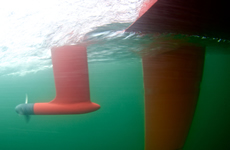 |
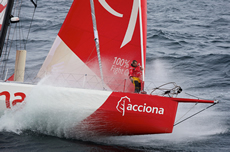 |
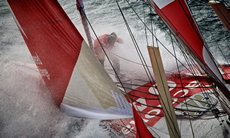 |
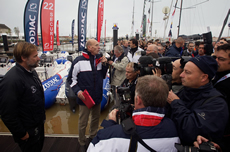 |
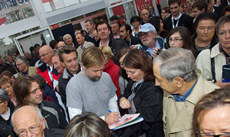 |
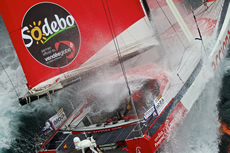 |
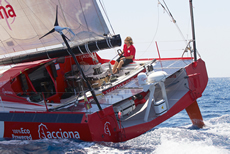 |
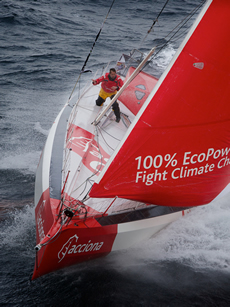 |
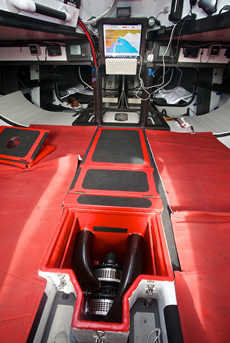 |
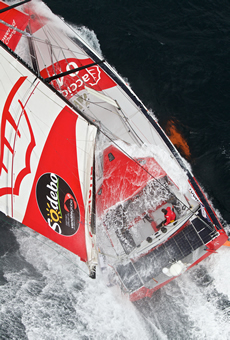 |

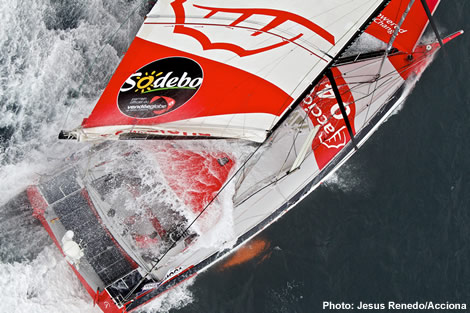
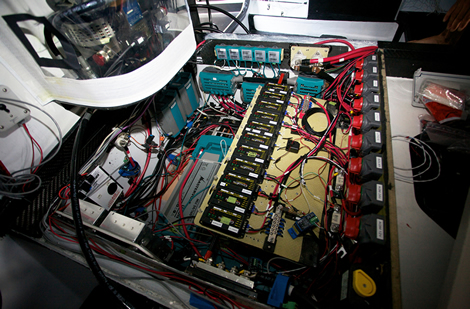
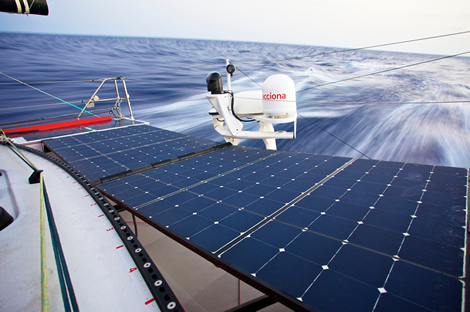
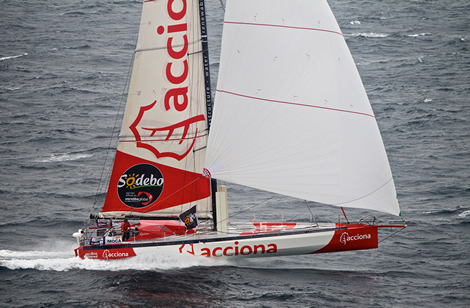
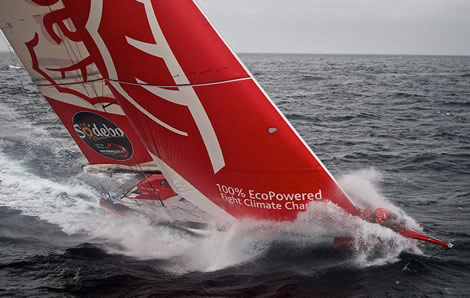
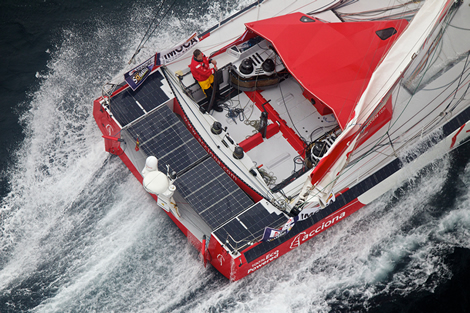
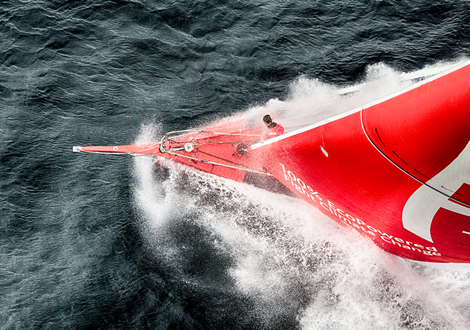
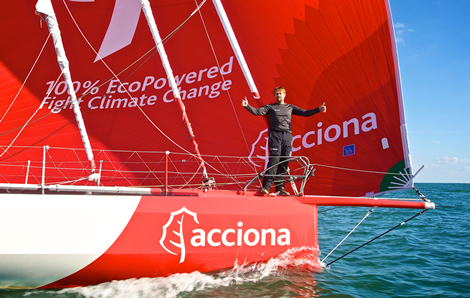
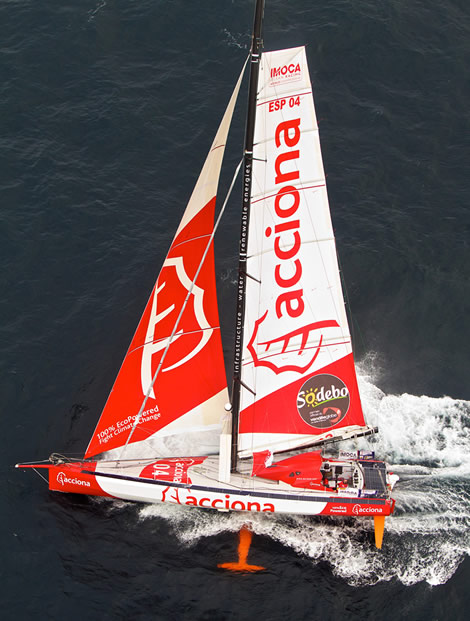









Latest Comments
Add a comment - Members log in